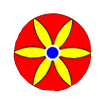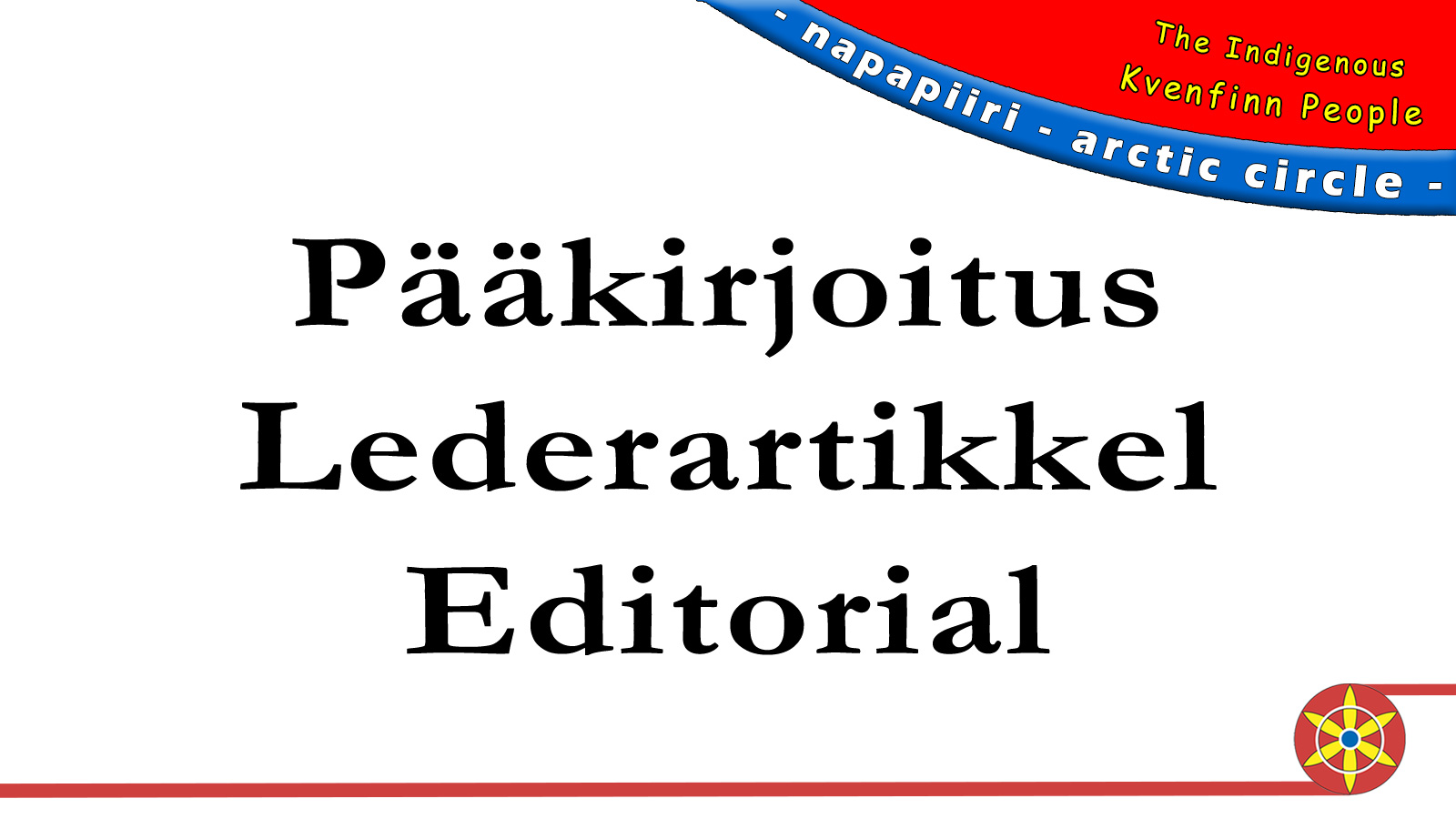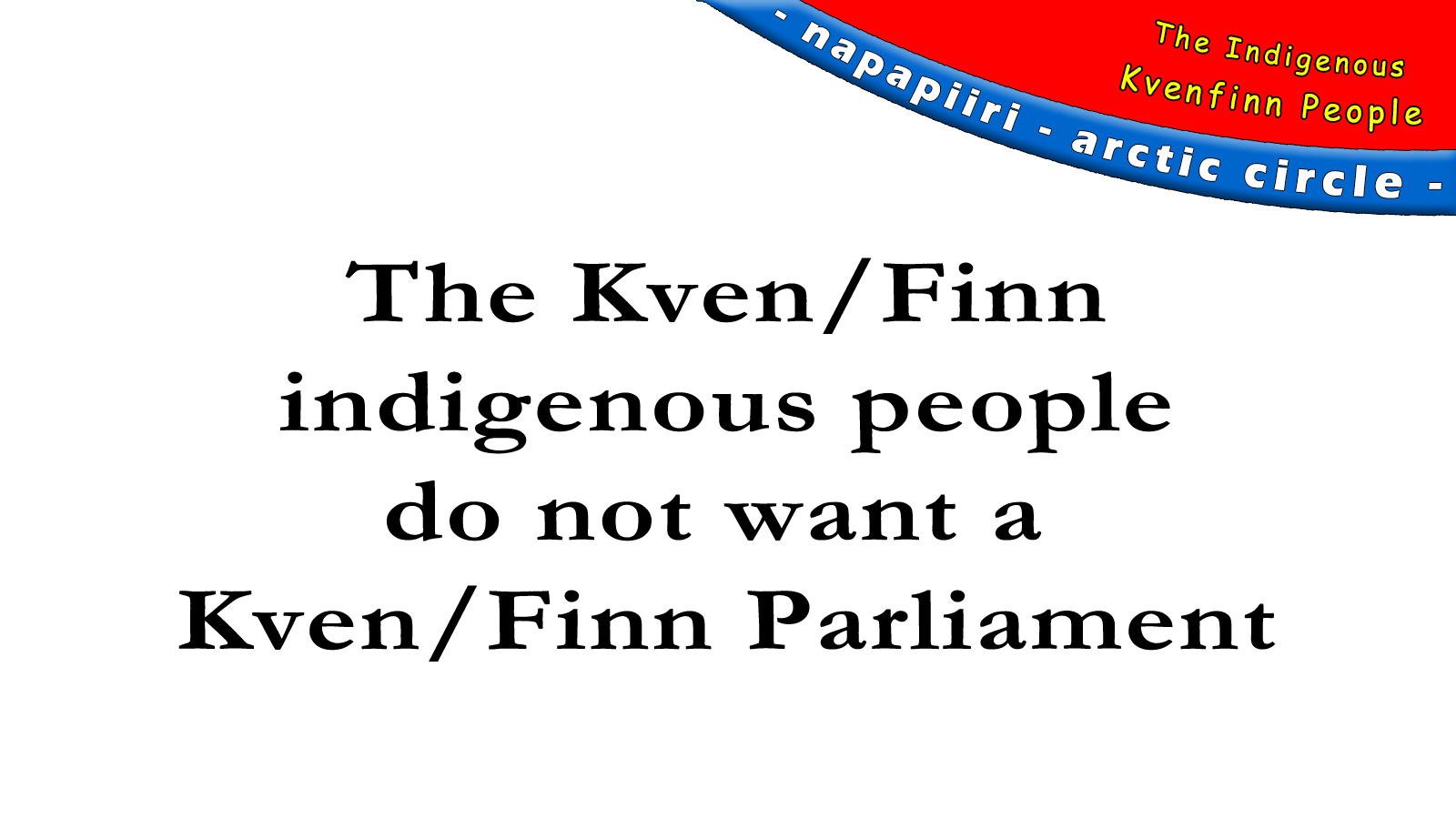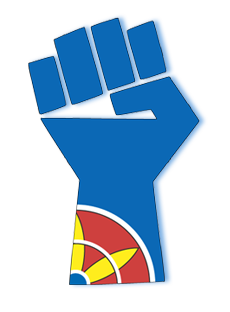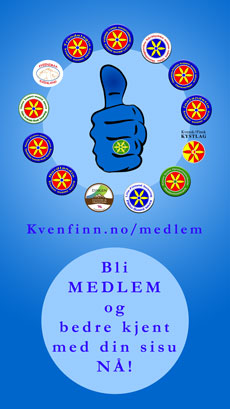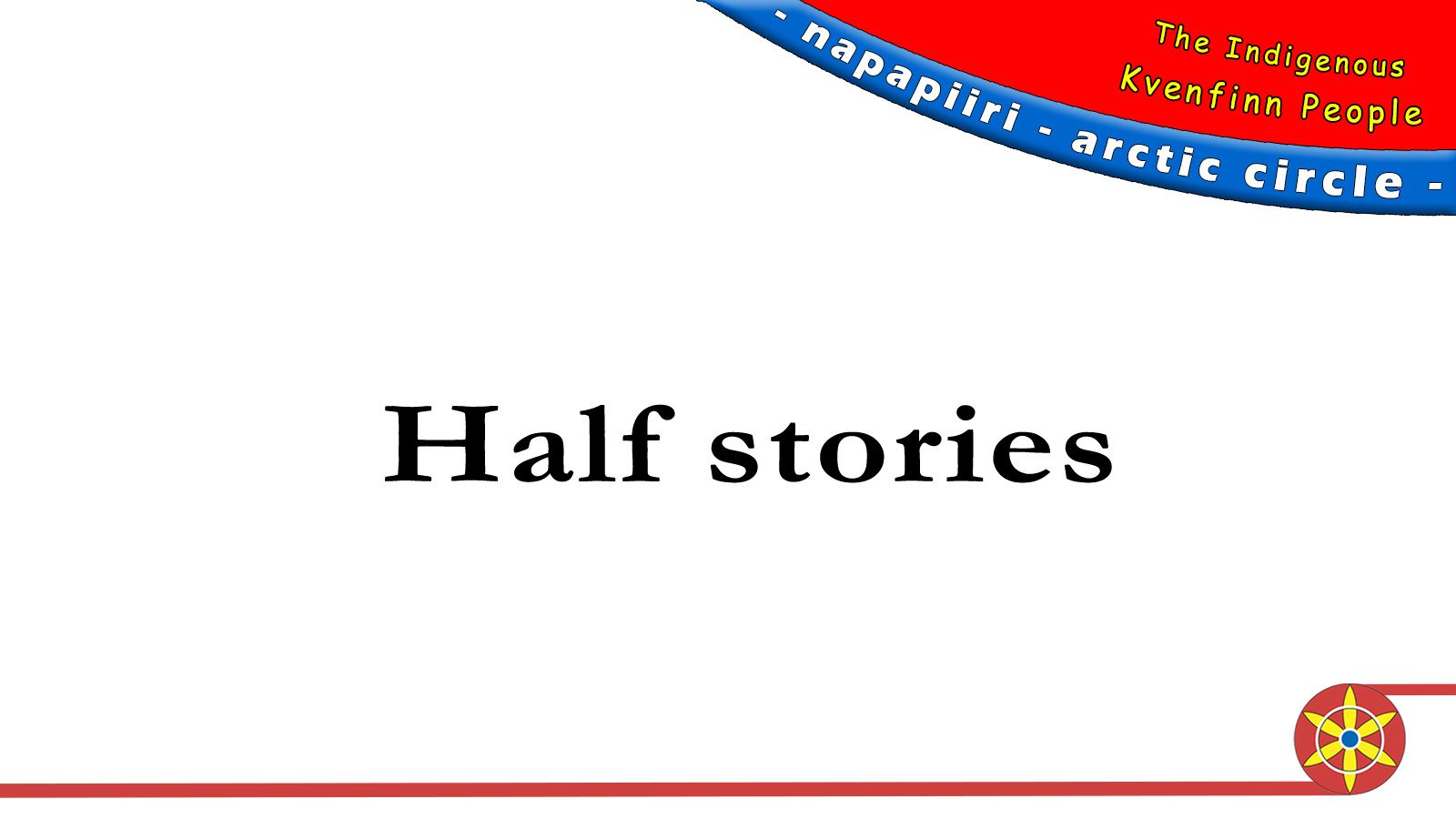The Kven/Finn indigenous people do not want a Kven/Finn Parliament
A Kven/Finn Editorial
Kven Finn Association notices that someone is advocating for a Kven/Finn Parliament on an equal footing with the Saami Parliament. Secretary General Rune Bjerkli here in Kokkola outside a courthouse (not a legal assembly) is sceptical about this for several reasons.
Ethnic parliaments are dubious in legal terms. Creating ethnic parliament must at least take place in a debate where all ethnicities are considered. In Norway, we have not done this. In addition, ethnic parliament have been created where ethnicity is given an apparently higher legal rank than all others. There are also other factors that make ethnic parliament unfortunate. And especially in relation to cultural history, social development and resource use.
There are Kvens/Finns all over Fennoscandia. The Forest Finns in the south were Norwegianized earlier than the Kvens/Sea Finns and other Finno-Ugric peoples in the north. Due to the geography and climate, the northern areas were and are sparsely populated. It was more difficult to govern.
For long periods, the northern parts of Fennoscandia have been taxed by three kingdoms. The Danish/Norwegian, Swedish/Finnish and Russian. The taxation was geopolitical. The tax that was collected was not that which financed the kingdoms. The individual had to hand over a squirrel skin or two or something else as tax settlement.
Around the Reformation in 1520, there was a change. When Gustav Vasa pulled Sweden/Finland out of the Nordic Kalmar Union, a process of setting national borders and collecting taxes/fees/indulgences under one king started. Right up until 1751 when the borders between Denmark/Norway and Sweden/Finland were set and 100 years after this, the northern areas were still free areas compared to the southern parts of Fennoscandia.
In 1826, the Norwegian (Swedish) and Russian (Finnish) border was determined. Only after this did the authorities begin to regulate the border crossings so that it affected people’s daily lives. For example, Kvens/Finns could not freely participate in the profitable Finnmark-fishery from the Finnish part of Kveenimaa (Northern Finland, Sweden and Norway) as they had always done. The Kautokeino rebellion in 1852 was a milestone in relation to border management after 1826.
But there are still few areas where national borders are as physically open as in the north. Even the borders with Russia have been open to the border residents in Kirkenes and the surrounding area.
It is the factual and the feeling of living in a free area that separates the northern areas from the rest of Fennoscandia.
- The municipalities promote the free and mighty nature to new employee prospects.
- Every Man’s right to move freely in the outdoors is strong.
- Large open fields are still the prerequisite for those engaged in grazing and agriculture.
The feeling of independence has been important for Arctic culture.
More parliaments, more chaos
In the area north of the Arctic Circle, there is less need for governing. It is then a great paradox that some believe that we should initiate more bureaucracy than other areas.
And a bureaucracy based on ethnicity. One of the things that separate people the least from each other.
Kven Finn Association believes that the Stortinget (Norwegian parliament) is good enough as a superior body for people in Northern Norway. We refuse to create a Kvens/Finn Parliament on the same level as the Saami Parliament.
Solving the challenges with funding and other things must be organized in a different way than creating a Kvens/Finn Parliament. Formal specific advisory and/or decision-making bodies are the way to go on the few topics where this is relevant. And these must answer to the Stortinget, county councils and municipalities where relevant. The formal decision-making democratic bodies.
Kvens/Finns, Saami, and the rest live side by side, the children go to the same schools, and houses are not built in ethnic ghettos. We cannot have an administrative body or administration that sees things from one ethnic perspective when the decisions affect other ethnicities.
Administrative bodies must be geographical because within geographical areas there is a diversity of ethnicities. The main challenge for many municipalities is too few people. We do not get good social development by having three administrative bodies:
- Kven/Finn
- Saami
- Norwegian
in the least populated areas of Europe. More parliaments, more chaos.
It has become a trend to create value and economic production through more administration and public employment. In some places, the ratio between public administration and private business has become too large.
It is expensive to spend tax money on a bloated administrative body. It throws spanners in the work of ordinary people. It also takes expertise and resources away from where value creation and cultural practice should take place.
More administration in the north hits the culture particularly hard. Our culture is not to sit in an office, our culture is to be out in the field.
At the very least, we must ensure that the fisherman/farmer culture can use our natural prerequisites in the future. It was common in the north to have multiple skills and occupations, fisherman and farmer, because there was not a large enough market for one occupation. Many people in arctic areas still have two occupations. Someone sits in an office and is out in the field.
